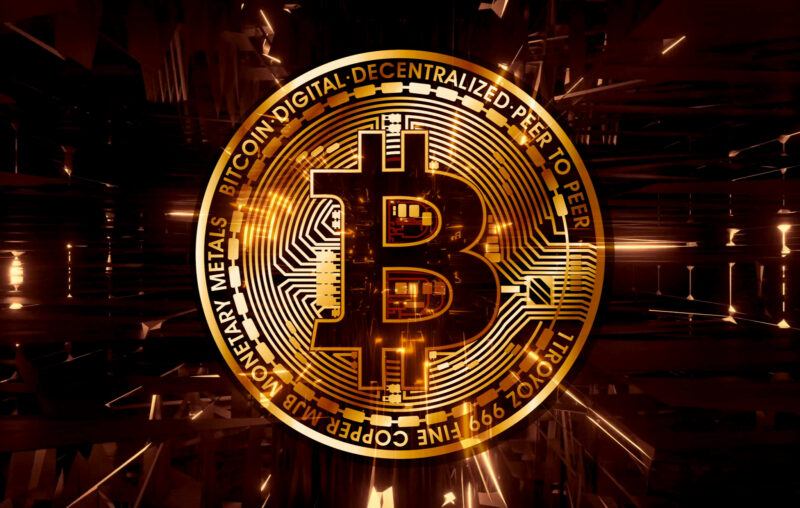The Promise of Cryptocurrencies

The search for digital gold began long before the launch of bitcoin. In 1996, Douglas Jackson and Barry Downey founded E-Gold, Ltd., which enabled its customers to transfer titles to warehoused gold on the Internet. The company had secured more than one million users by 2005, when Jackson and Downey, along with co-owner Reid Jackson, were indicted for money laundering and operating an unlicensed money transmitting business. Rather than risk spending decades behind bars, the defendants accepted a plea deal. But doing so effectively precluded them from securing the requisite licenses to operate E-Gold. The gold transfer site never reopened.
Cryptocurrencies like bitcoin have little in common with E-Gold. They are not claims to gold or any other asset. They do not rely on a trusted third party to process transactions. But, like E-Gold, they offer the hope of a new monetary system that improves upon the shortcomings of physical commodity and fiat monies.
Commodities like gold are naturally scarce. It is costly to dig gold out of the ground and mint it into coins. Miners and minters will only engage in their respective activities if the benefits of doing so––that is, the purchasing power of a coin––exceed the costs.
The natural scarcity of gold means that the supply of gold coins is governed by a decentralized, self-adjusting mechanism. If the demand for gold coins increases unexpectedly, the purchasing power rises. Since the increased purchasing power makes it more profitable to mine gold and mint coins, miners and minters produce more coins than usual. And, as the supply increases at a faster rate, the purchasing power of gold coins is gradually driven back down to the cost of production. Then, having eliminated the profit opportunity, miners and minters resume normal operations to accommodate more routine increases in demand from population and income growth and reductions in supply from wear and tear.
Under the classical gold standard, market participants could be reasonably confident in predicting the price level in twenty, fifty, even a hundred years! They knew that the decentralized, self-adjusting mechanism of the gold standard would accommodate changes in the demand for gold coins or offset changes in the supply of gold coins. Hence, changes in the price level would tend to be mean reverting. In other words, the gold standard provided a credible long-run nominal anchor.
The classical gold standard was not without its downsides, however. The natural scarcity of gold, which enabled the decentralized, self-adjusting mechanism to function, also meant that the monetary system was costly to maintain and slow to adjust. To increase the supply of gold coins, one must employ workers and machines to dig up gold and mint it into coins. Those workers and machines could be used to produce other valuable goods and services. Moreover, the adjustment period could be quite long. While the purchasing power of gold was relatively stable over the long term, it was quite volatile over short periods of time.
With the shortcomings of commodity monies in mind, it is easy to see the allure of fiat monies. Fiat monies lack natural scarcity. The marginal cost of creating a dollar is effectively zero, as it is accomplished with a mere keystroke. Fiat monies are made artificially scarce by their issuers, typically a central bank. If a central bank were to manage the supply of a fiat money well, then, it could provide a credible long-run nominal anchor similar to that of the gold standard with a much shorter adjustment period and at a much lower cost.
In practice, fiat monies have not lived up to their promise. Even the best fiat monies have tended to be less predictable than the classical gold standard. And, while it is cheap to manage the supply of fiat money, the lack of predictability leads market participants to incur significant costs to estimate future nominal variables.
Why do fiat monies perform so poorly? Just as natural scarcity enabled the gold standard to perform so well but also accounted for its shortcomings, the artificial scarcity of a fiat money makes it possible to outperform the gold standard while also making it probable to perform much worse. The problem is that the artificial scarcity of fiat monies depends on the decisions of inherently-discretionary central banks.
Cryptocurrencies have the potential to improve upon both commodity and fiat monies. Like fiat monies, cryptocurrencies are artificially scarce. But, like commodity monies, their scarcity need not rely on discretionary supply management. A cryptocurrency issuer might guarantee appropriate supply adjustments by writing them into the source code. If designed properly, a cryptocurrency would anchor long-run expectations and provide timely supply adjustments at a lower cost than commodity and fiat monies.











